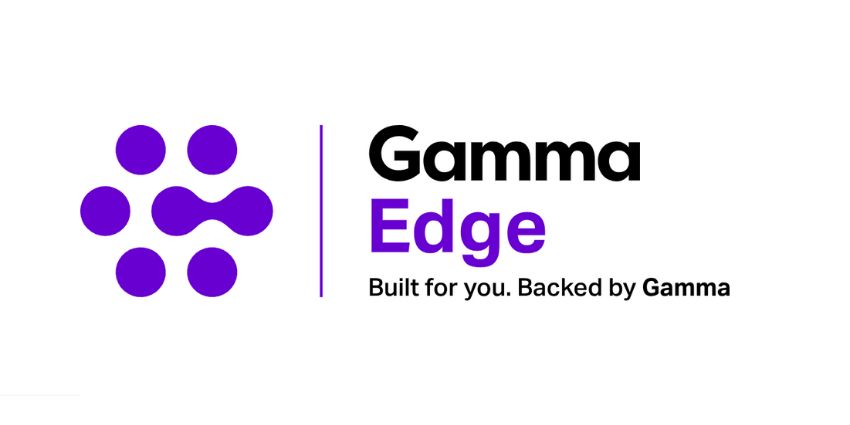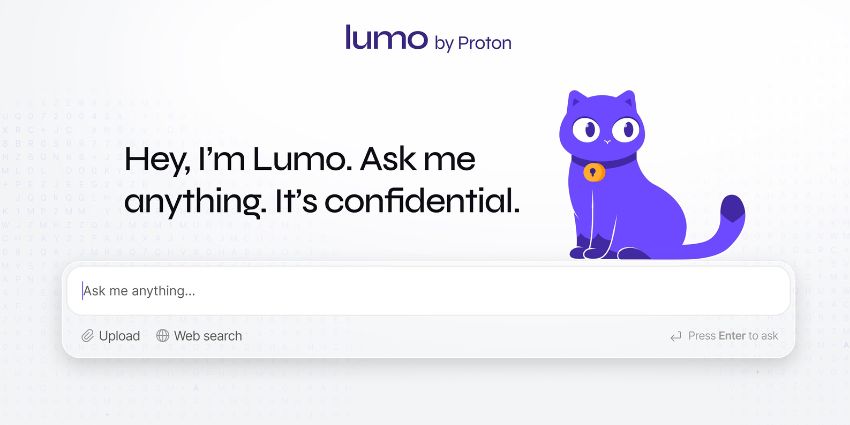Similarly to IT infrastructure, collaboration and UC solutions are growing increasingly complicated. Businesses are turning towards the cloud as a simpler outsourcing solution, but moving UC into the cloud can seem risky to many enterprises in need of secure, reliable communication and collaboration.
As new vendors and service providers turn towards the cloud, countless UCaaS solutions are emerging. While some providers are offering real multi-tenant UC, others are looking at traditional, static, and hosted UC services.
The Segregated UC Environment
The world of hosted UC offers a somewhat segregated environment, where each enterprise comes with its own networking capacity and physical infrastructure for running UC applications. Enterprises need to move their current solutions into someone else’s data centre in hosted models. However, in a multi-tenant UC cloud environment, enterprises can compute networking resources, capacity, and UC application instances with various other consumers within a data centre. Though this service delivery option is cheaper than most hosted UC, businesses won’t have as much room to modify applications.
Regardless of whether providers are offering access to hosted UCaaS or multi-tenant solutions, enterprises are being forced to think more carefully about scalable, and reliable collaboration tools. IT organisations need to understand the delivery model of a provider before assessing each service option.
Multi-Tenant and Hosted UCaaS: What Can Providers Give?
UC vendors either sell their products through network service providers or cloud providers who re-sell UCaaS to enterprises. Though this model is attractive to smaller companies for its versatile pricing, many enterprises worry about service reliability. Some industries won’t have a choice regarding which model they use. For instance, health and finance companies often choose hosted environments in which their data can be physically separated on specific infrastructures within the providers’ data centres, offering greater security.
Regardless of whether it’s hosted, or multi-tenant, the underlying UCaaS service should be indistinguishable to end users.
Translating the Language of UCaaS
Currently, some smaller providers and vendors with multi-tenant UC solutions are offering “glorified” examples of hosted UC, while larger vendors offer truer multi-tenant solutions. However, if enterprises find that they prefer one solution for UCaaS delivery over the other, they may need to do some research to find out whether a provider is really using the word “cloud” correctly.
For instance, if a cloud operating system is responsible for the UCaaS offering, then enterprises should be able to see uptime reporting statistics and voice reliability numbers. What’s more, despite the physical differences of hosted and multi-tenant UC solutions, many of the issues associated with multi-tenant options, such as security, are often blown out of proportion.
No matter the UCaaS delivery platform, reliability, performance, and scalability are all essential. After all, today businesses are growing across the world, and customers need to feel as though their soft-phone solutions will feel just like having PBX within their building.
Altogether, vendors simply need to be more upfront with their clients, and the enterprises investing in UCaaS should be playing close attention to the details of what they’re buying.







